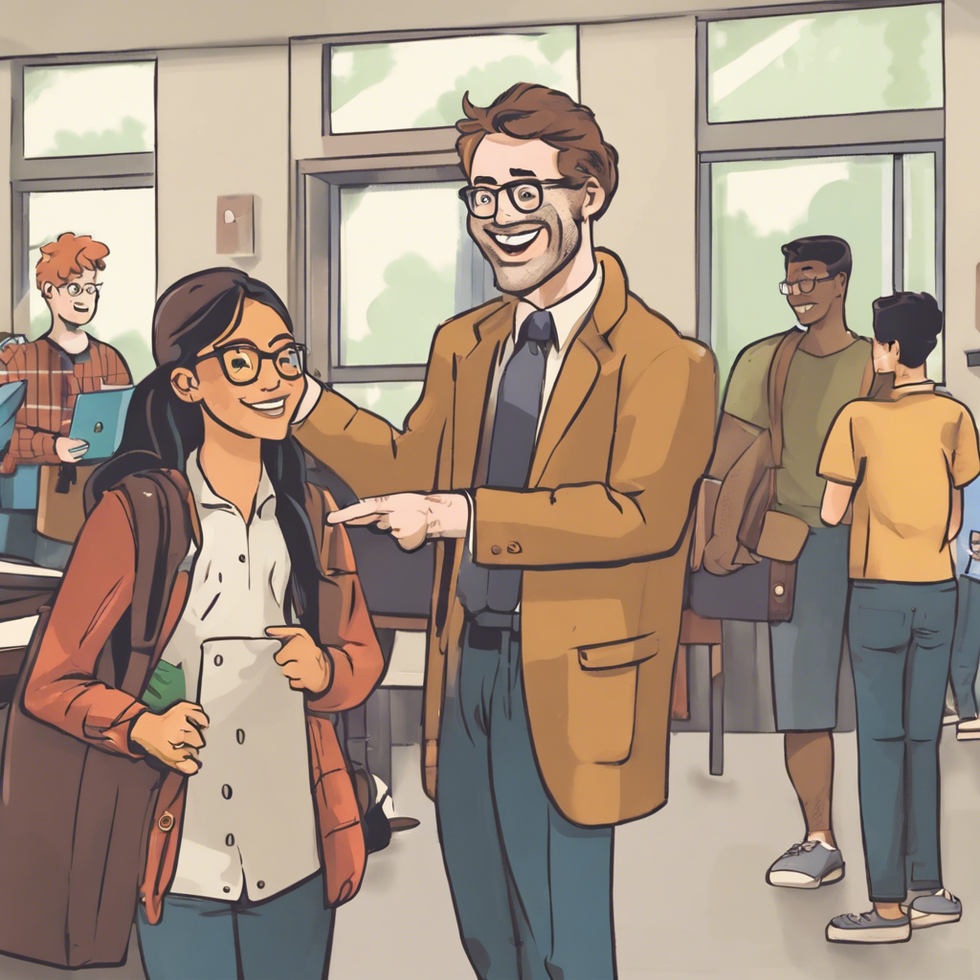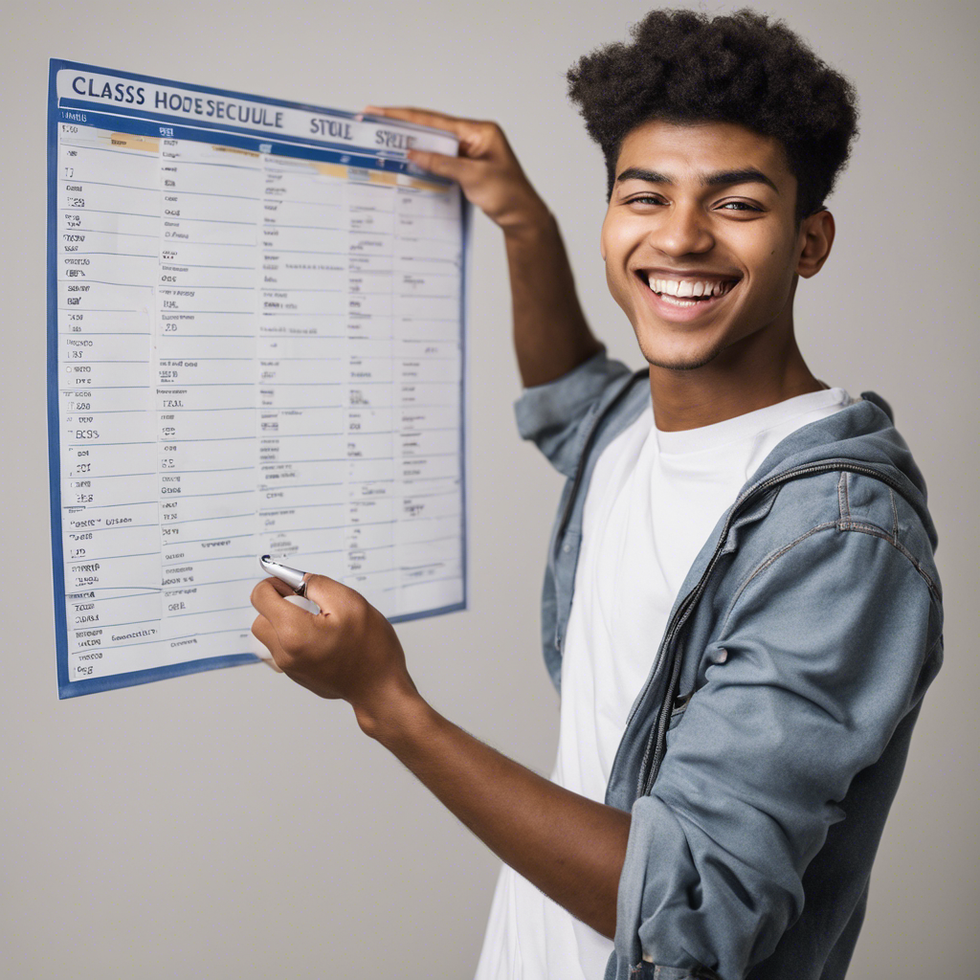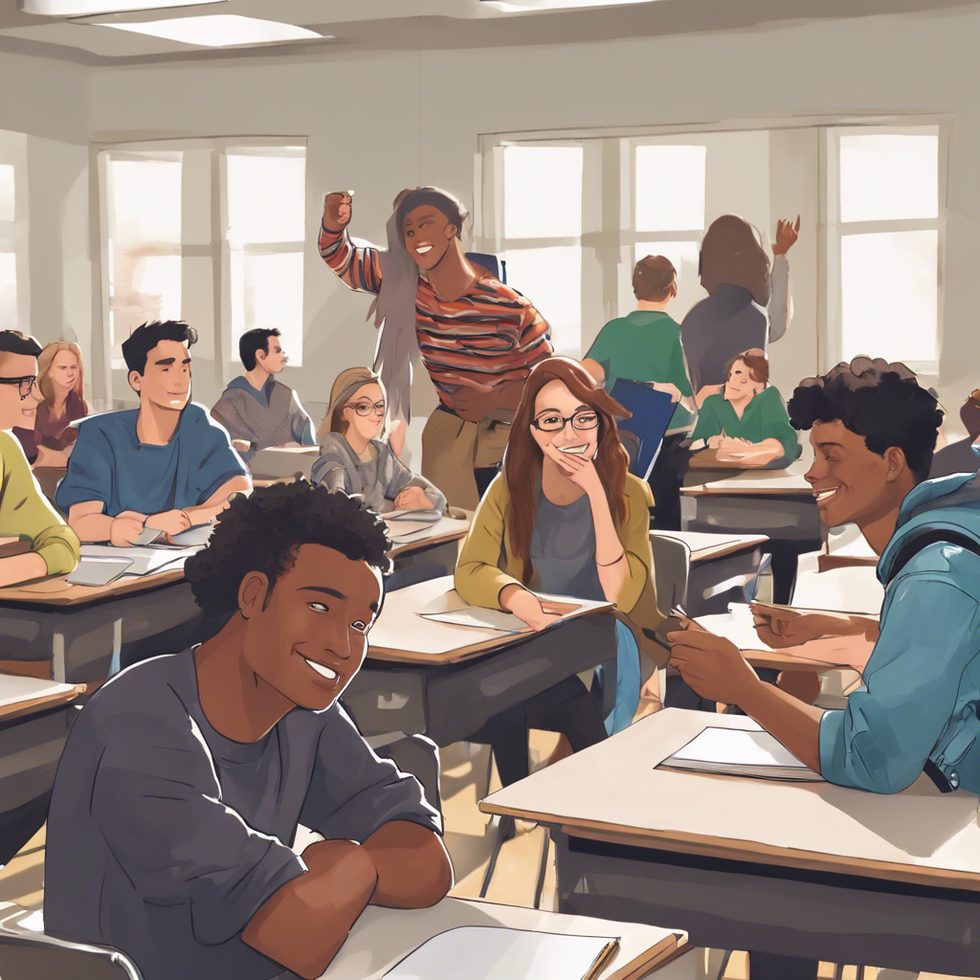Most excellent stories center around a conflict between good and evil. And most people love reading books or watching movies where good triumphs and evil is destroyed – stories like “The Return of the King" and “Star Wars: Return of the Jedi." However, while such stories captivate audiences and clearly show the superiority of good, they can quickly become cliché.
As an aspiring novelist, I wish to write stories where the line between dark and light is not as readily apparent as most stories depict. To be clear, I don't want to say that the difference between good and evil does not exist; rather, I want to show that this line can become blurred in individual characters, making it difficult to discern which character is the “good guy" or the “bad guy."
To accomplish this, I mainly want to break free from typical villain stereotypes. I hope to write a villain whose character has more depth and conflict than many books and movies depict. Essentially, I wish to craft a villain with whom audiences can connect and empathize while still recognizing that his actions are wrong.
Villain Stereotypes
Most famous villains in novels and cinema possess predictable motives and appearances. Oftentimes, the “bad guy" in a story is easily identifiable. He may be a psychopath, such as Hannibal Lecter, or an embodiment of pure evil, such as Sauron. Among other stereotypes, many villains wear all black, represent a particular sin or vice, or appear as the exact opposite of the story's hero.
Usually, readers and movie-goers love to hate the villain since he is often a cruel, cold-blooded killer – one who hates good and loves hurting other people. Very often, the villain seems barely human himself, as any human weakness or virtue in him has been virtually wiped out. The villain is a monster, and destroying him is practically equivalent to destroying evil itself.
A New Type of Villain
While these stereotypes can certainly create fascinating villains, they are so typical that many readers and viewers appreciate characters who diverge from these norms.
Oftentimes, authors and filmmakers try to create sympathy for a villain through showing him as the product of a traumatic childhood. While this can help an audience connect with the villain, I want to create a villain whose wrongdoings aren't the result of a tragic past. Instead, I hope to craft a character who had a near-perfect, even idyllic childhood, yet who still chooses the darkness through his own decisions. Such a villain would not be the product of an unhealthy environment, such as childhood bullies or abusive parents; rather, he would ultimately be responsible for his own free will and choices that drove him to the darkness.
Another stereotype I wish to break is that all villains are driven by evil motives. I want to create a more “idealistic" villain, who hopes to help humanity and make the world a better place. He wouldn't be driven by a love for evil; rather, he would love good yet simply try to achieve it through the wrong means. His intentions would be honorable, but his execution deplorable. Essentially, I want audiences to sympathize with him but still recognize that what he does is wrong. The villain himself wouldn't see himself as the “bad guy," but view himself as the “good guy" who is ultimately helping humanity.
Furthermore, I want to create a villain like Kylo Ren, who isn't a physical embodiment of evil or completed committed to the darkness. I hope to write a character who displays conflict between the dark and light – one who could be redeemed and ultimately has to make the difficult decision about choosing between two sides.
Finally, I hope to create a more compelling villain by showing that he's not so different from the hero of the story after all. In fact, the villain may originally appear to be the hero of the story or be so lovable that no one actually wants him to be destroyed. Both the hero and the villain would possess their own strengths and weaknesses – making both equally despicable and lovable.
I believe there is a time and place for stereotypical villains. But as an aspiring author, I want to find ways to break from the traditional mold and create something new. And to do that, I'll start with one of the most pivotal parts of any story – the villain.

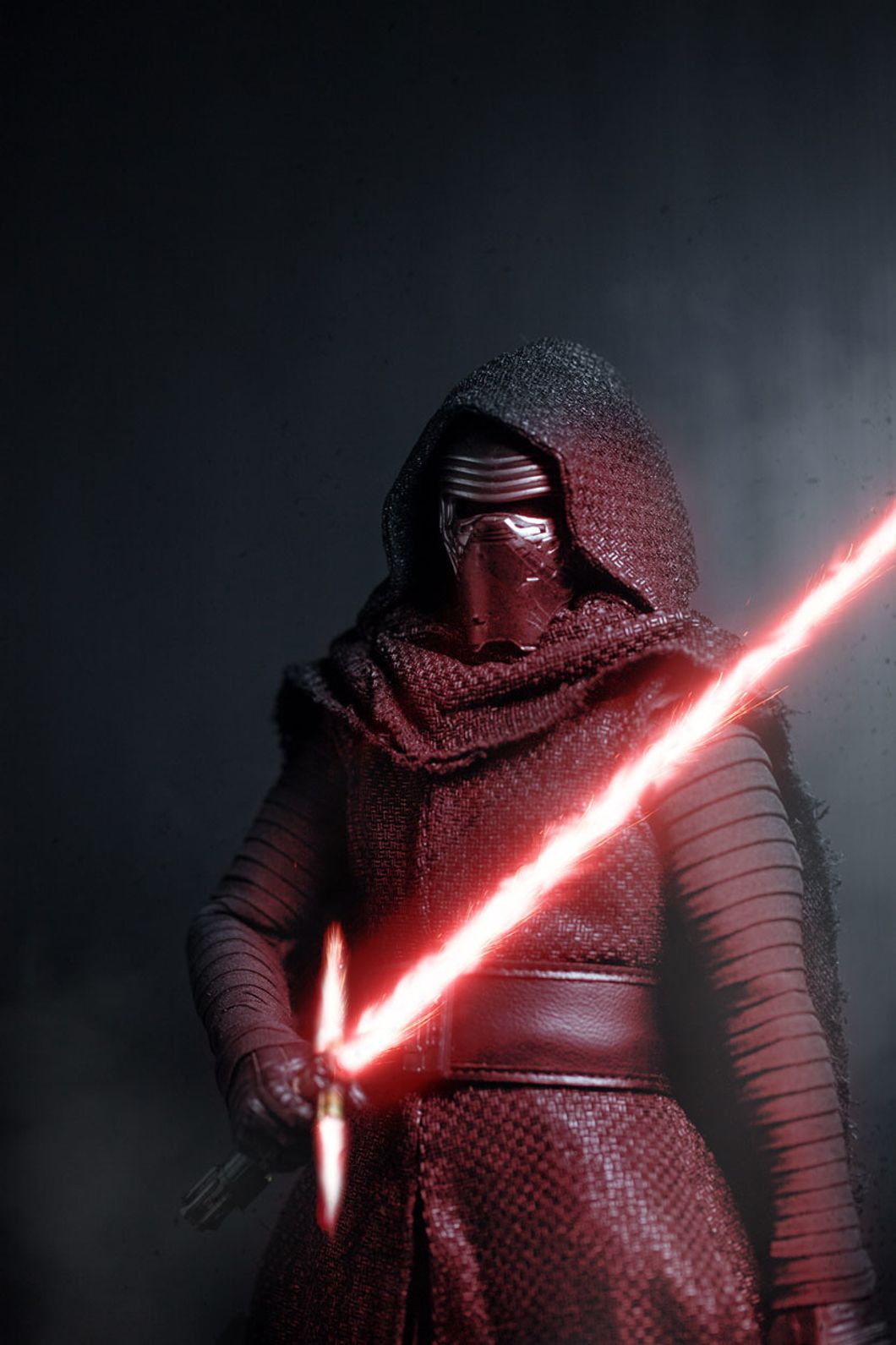
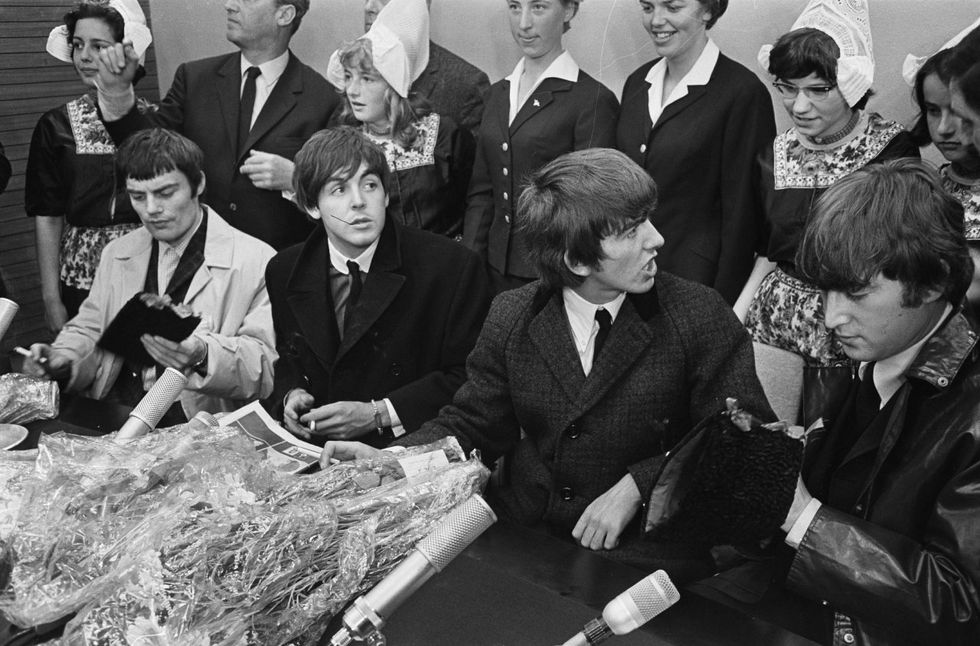
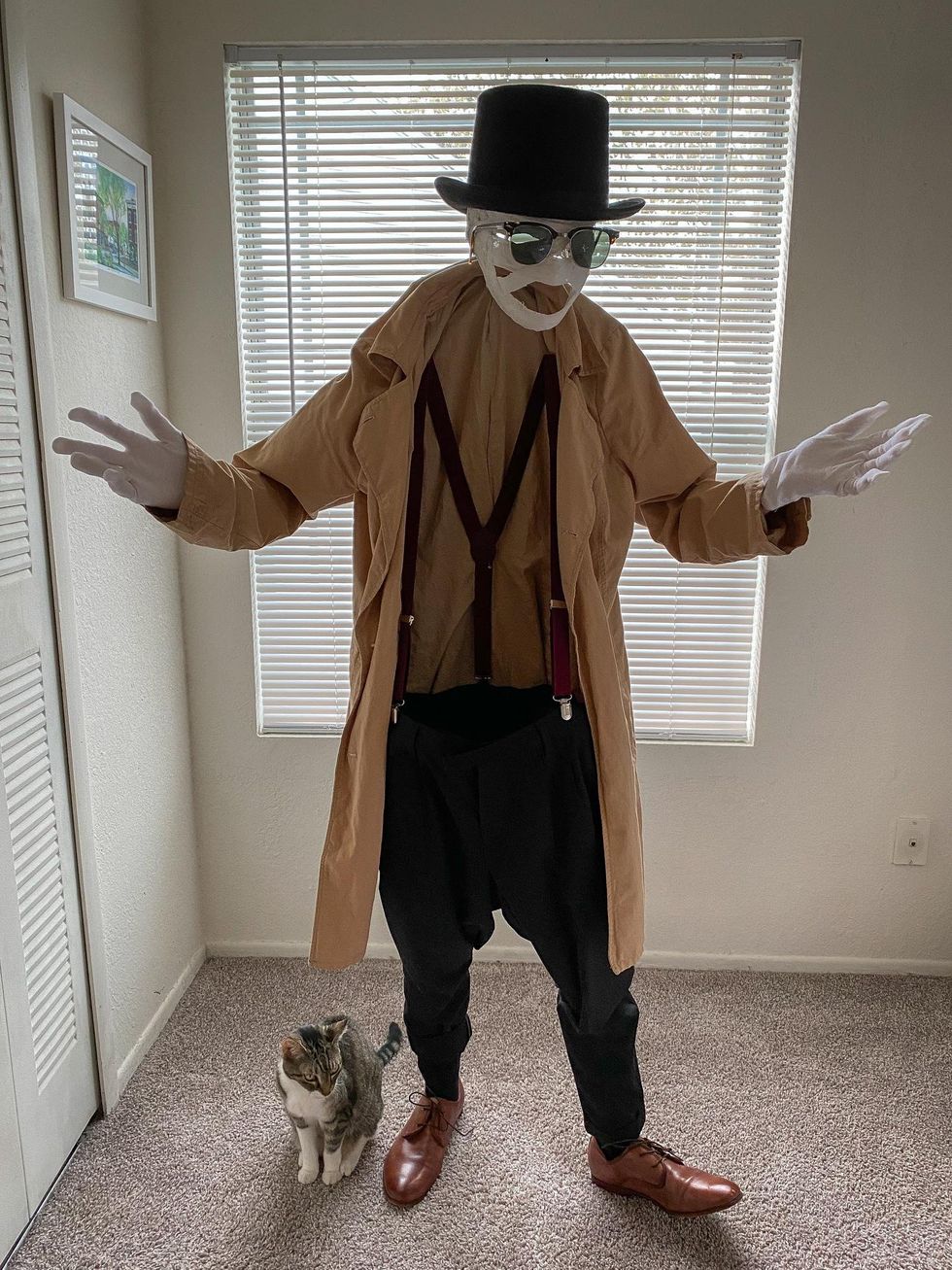
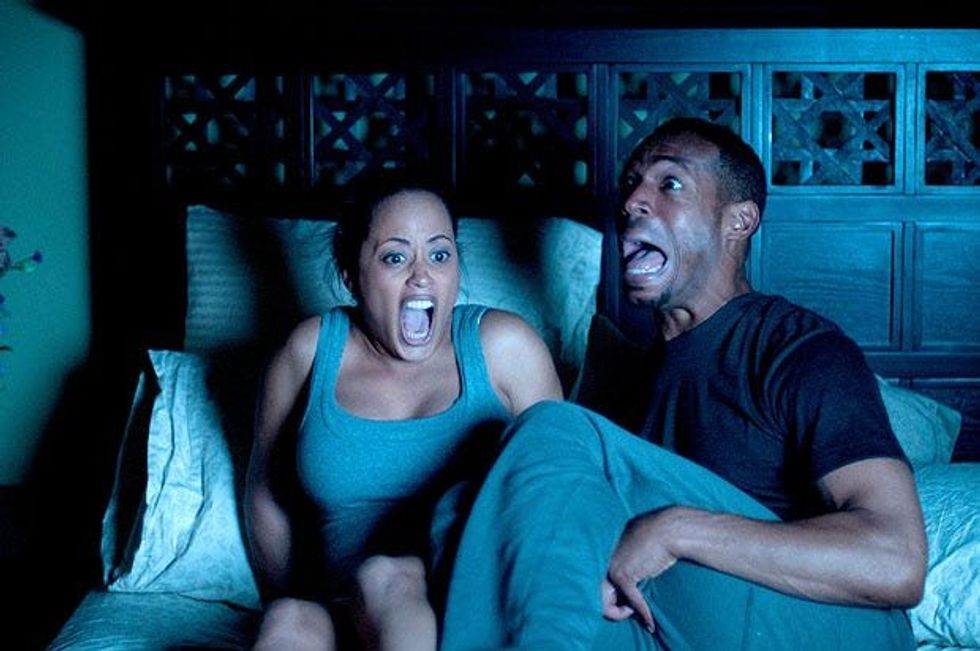
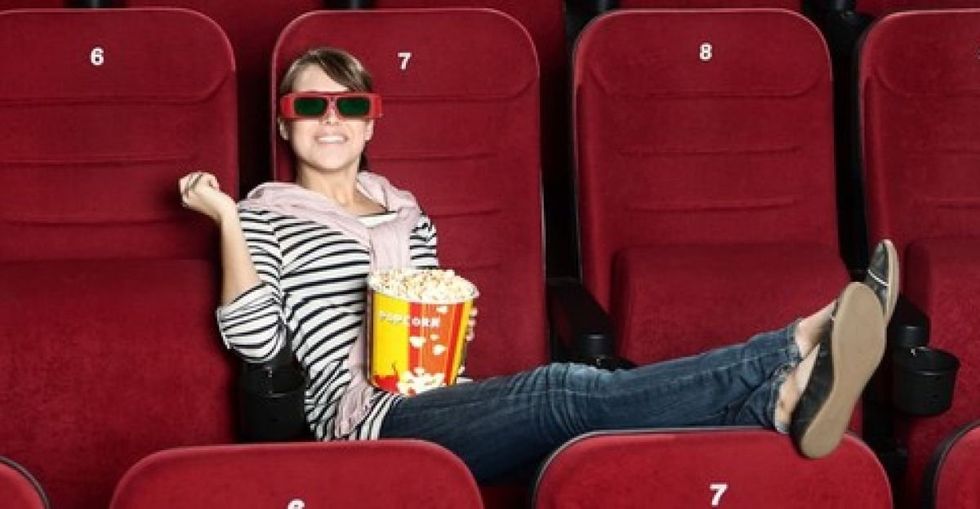 Going to the cinema alone is good for your mental health, says science
Going to the cinema alone is good for your mental health, says science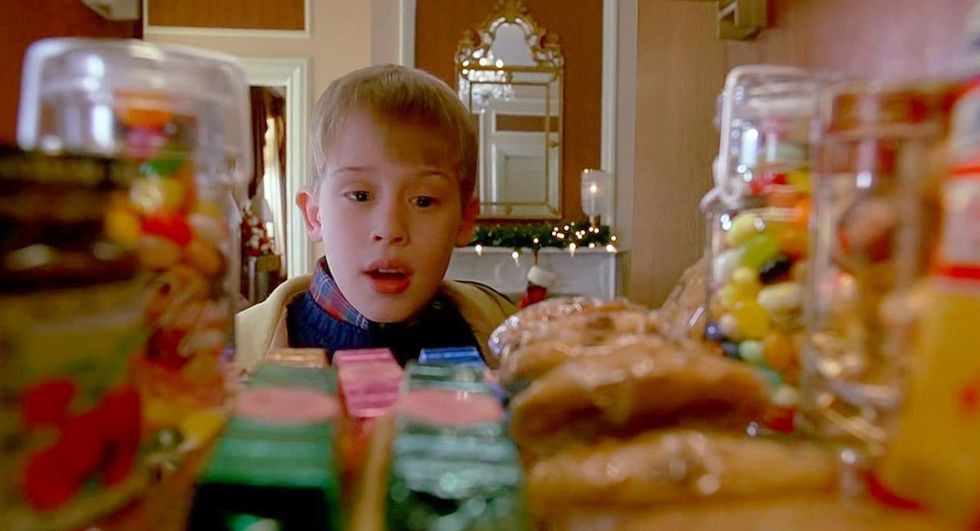
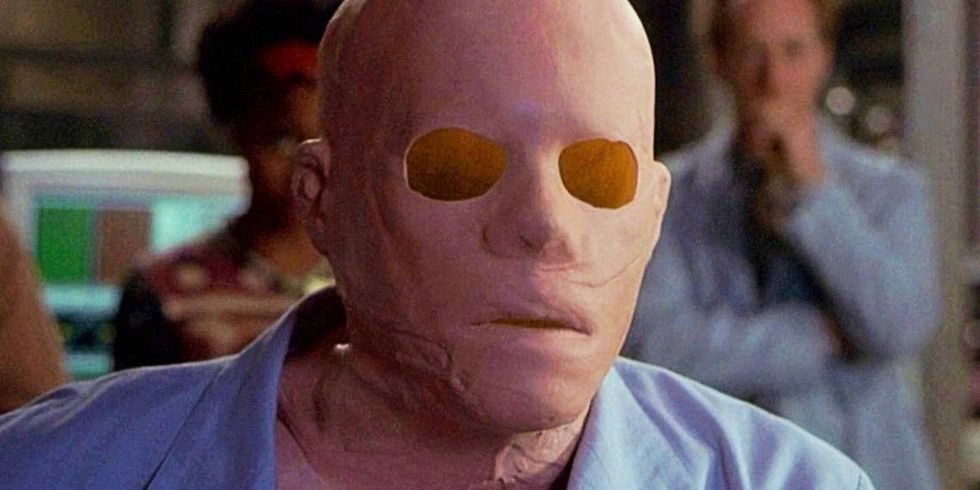
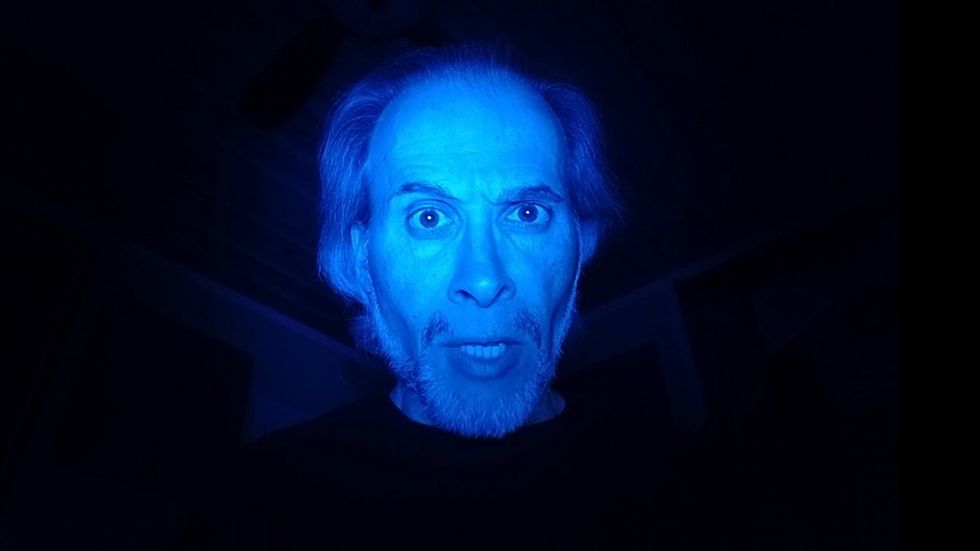
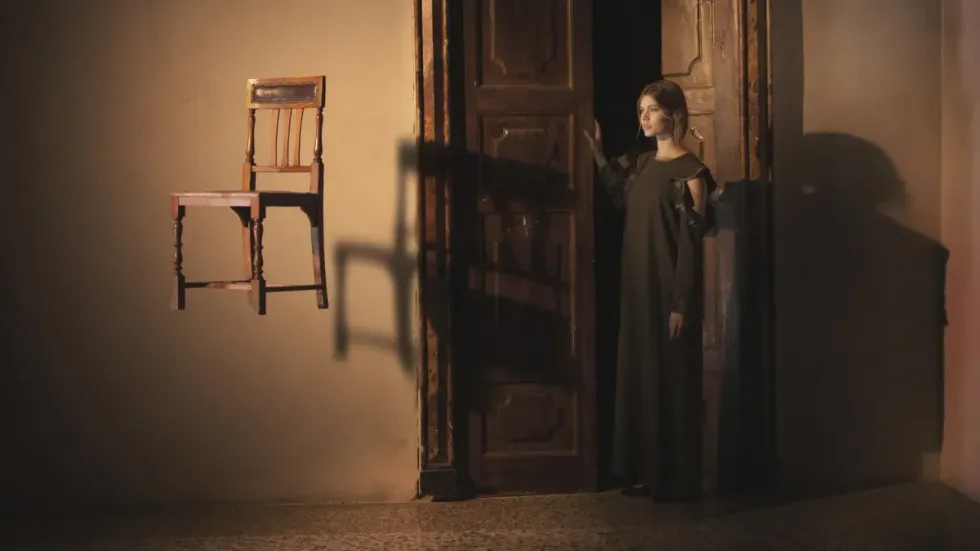
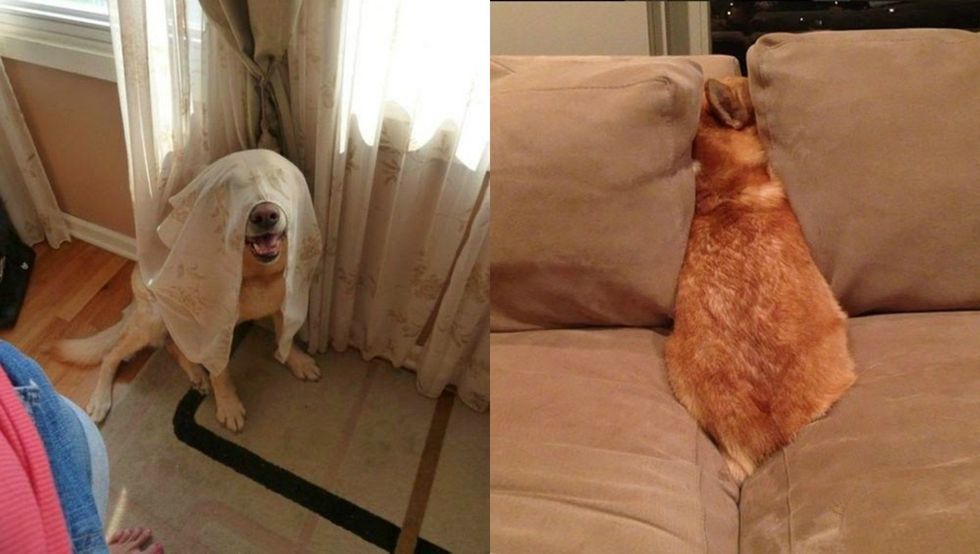
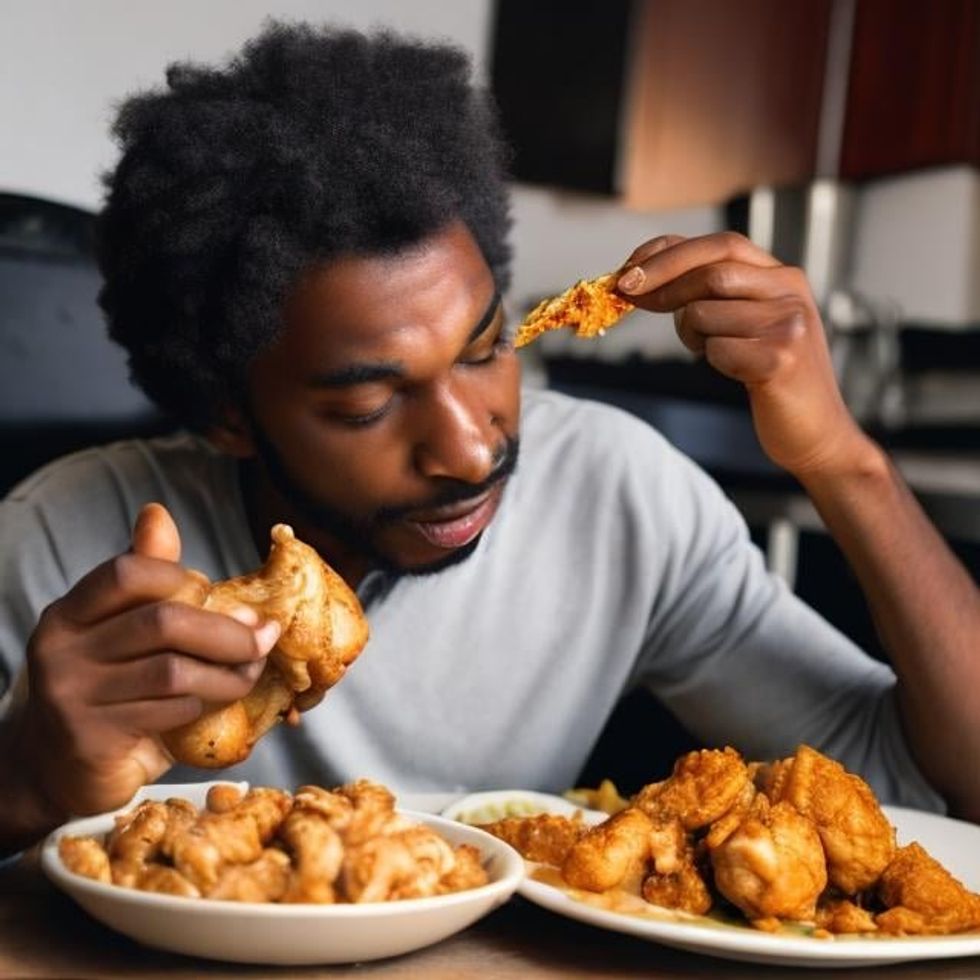
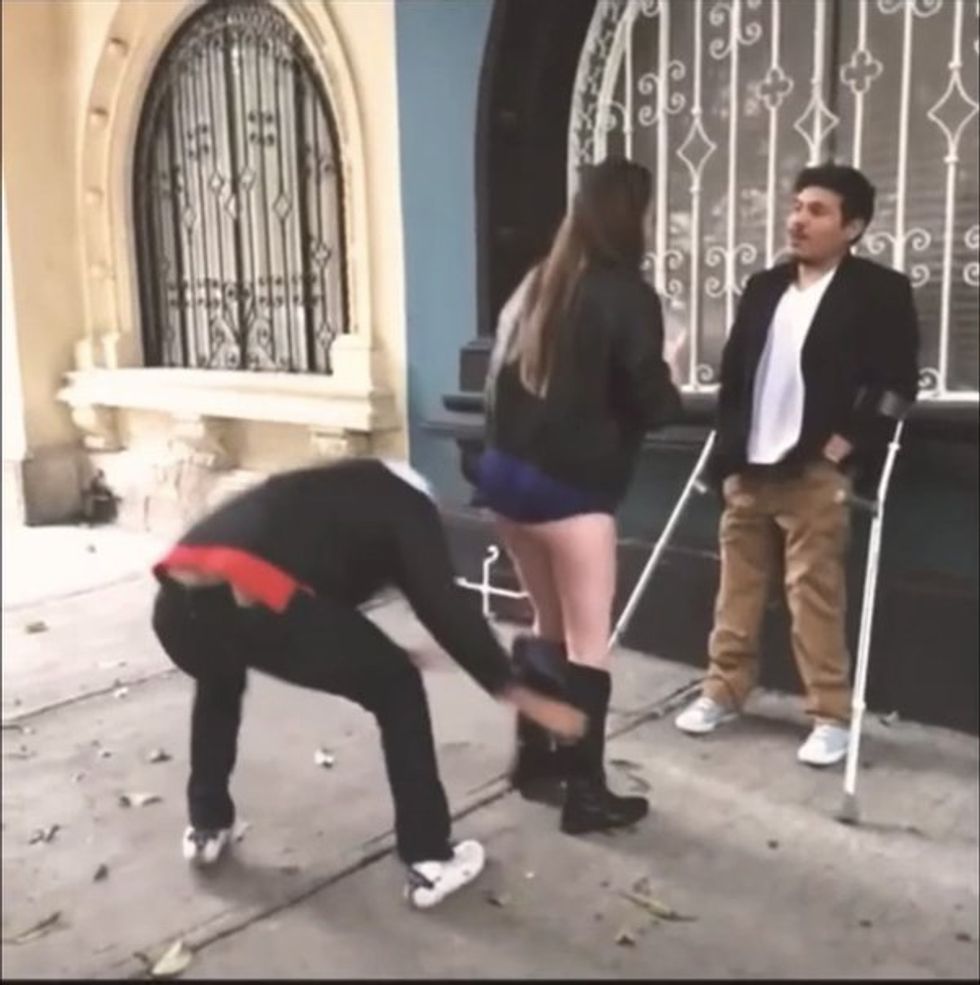

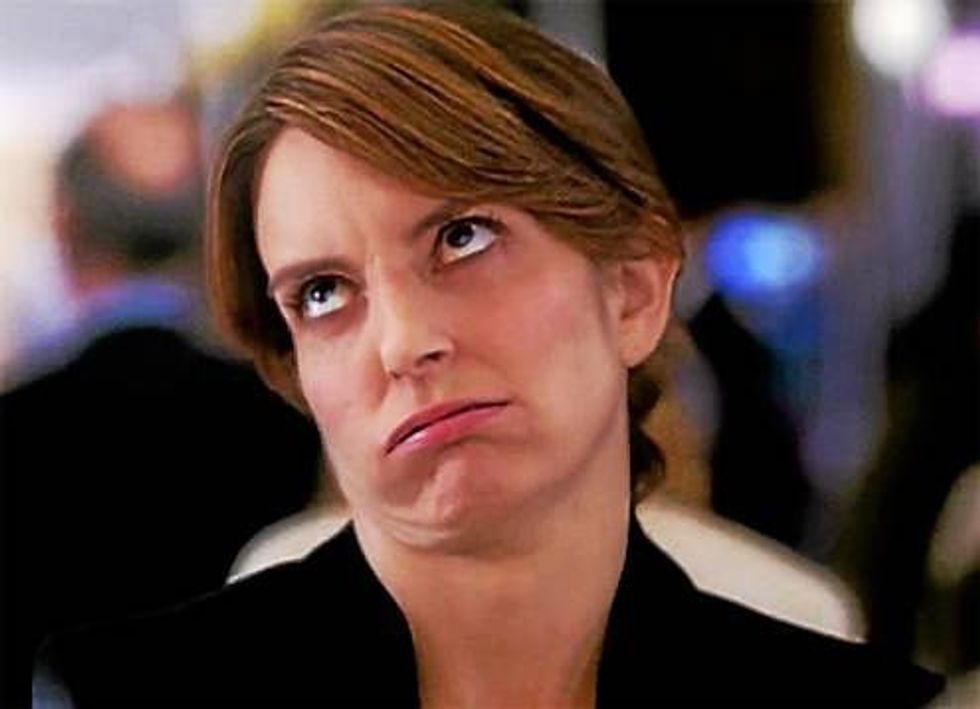
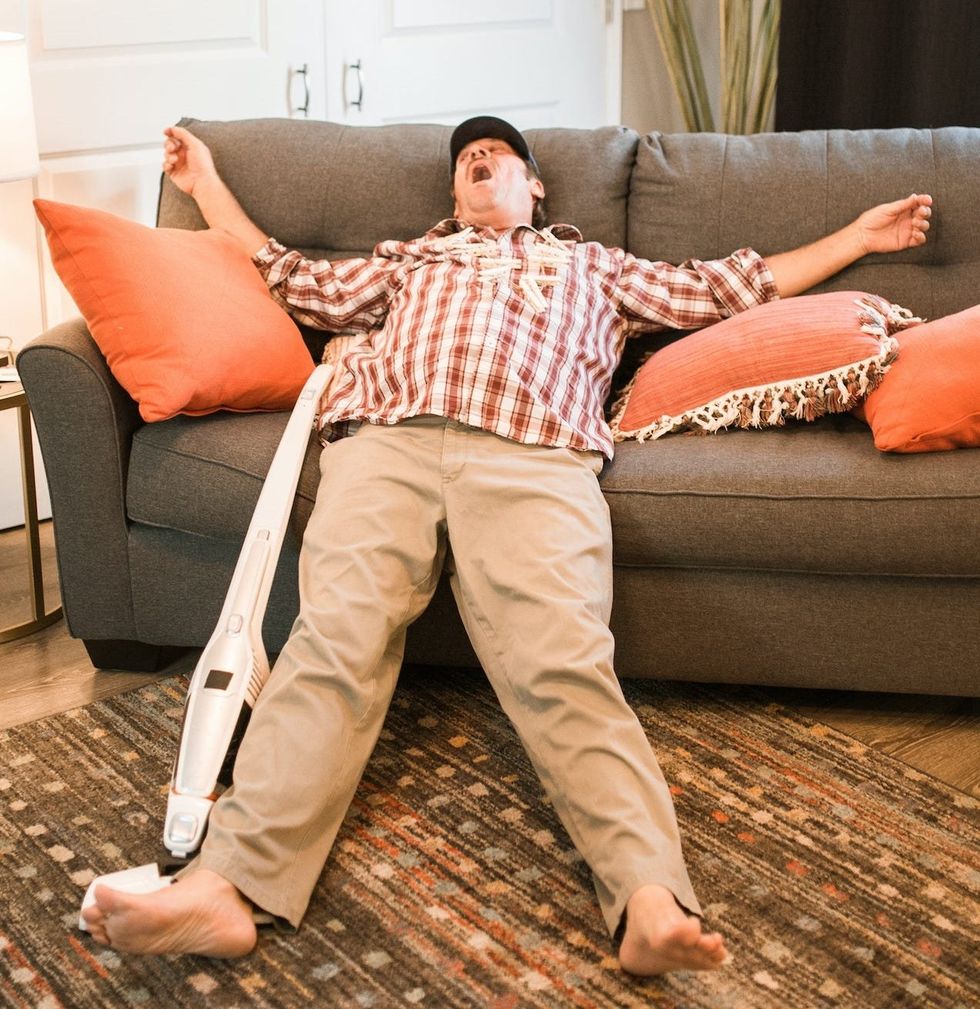
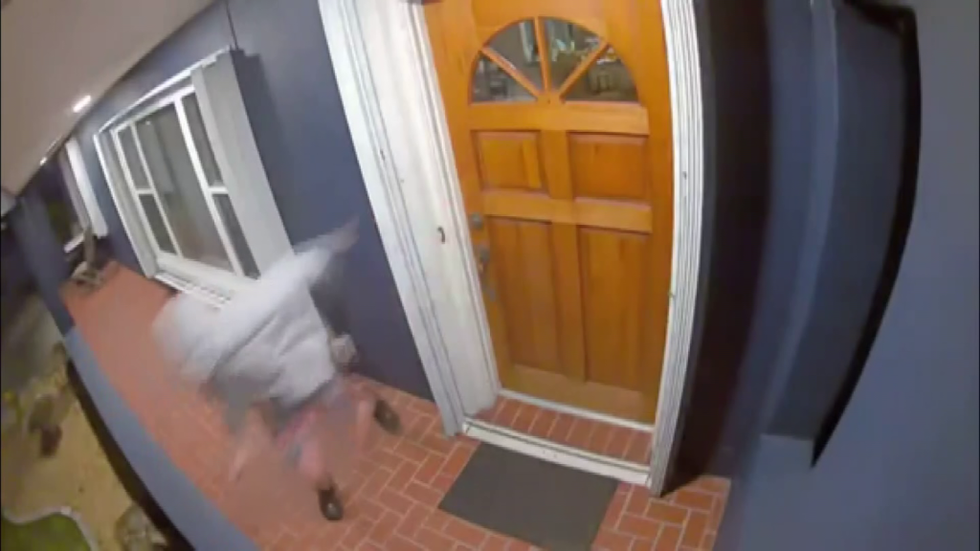
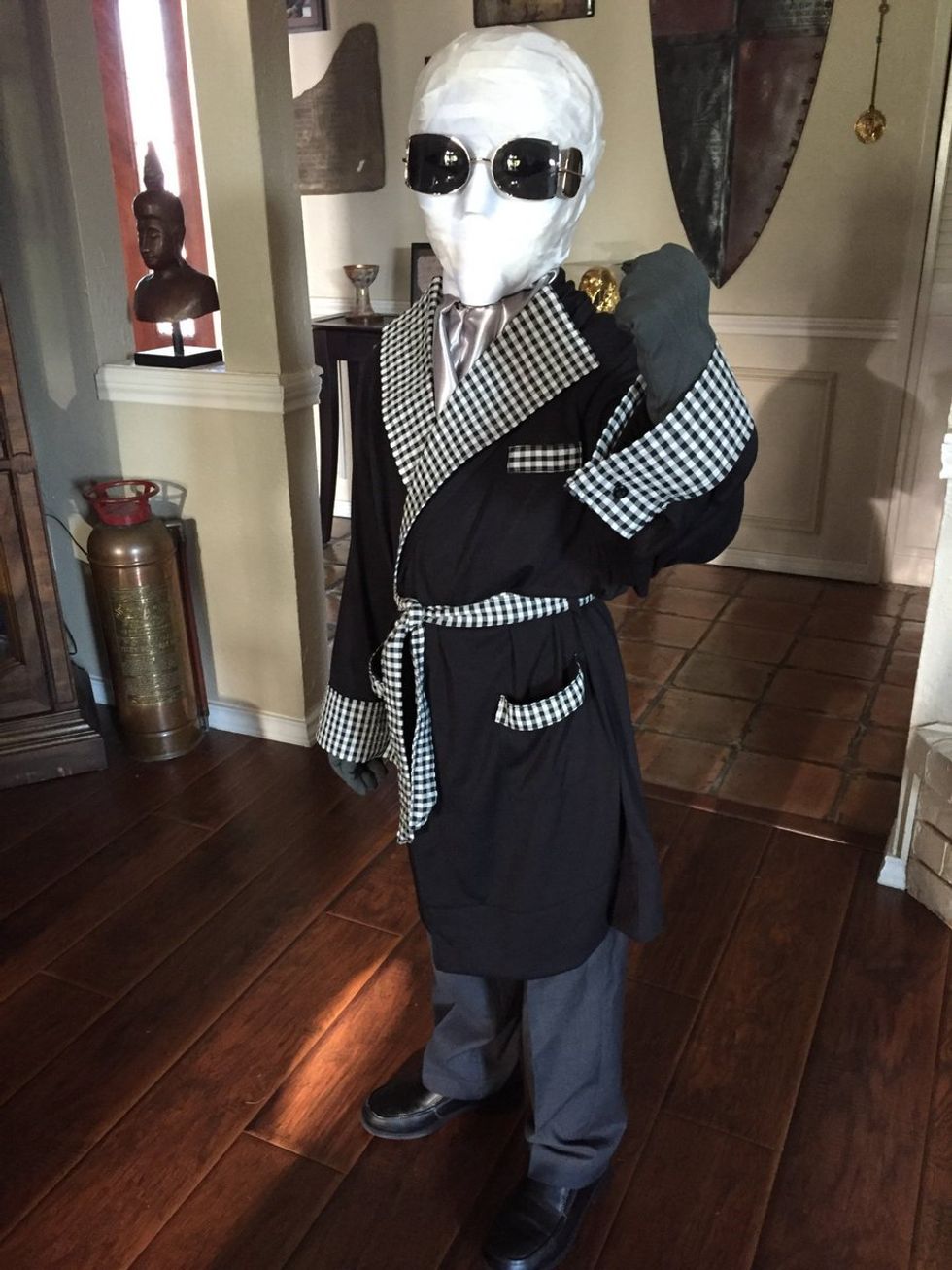

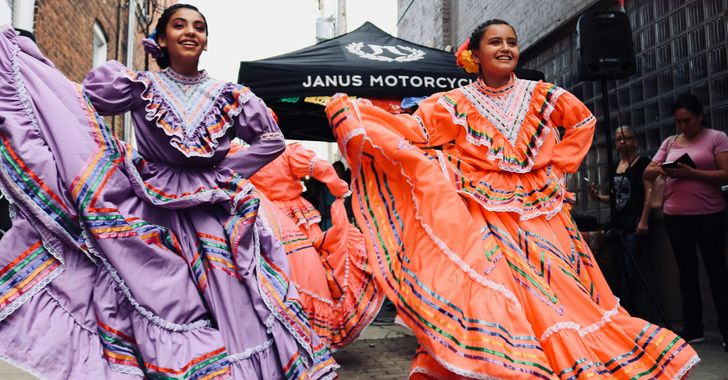 women in street dancing
Photo by
women in street dancing
Photo by 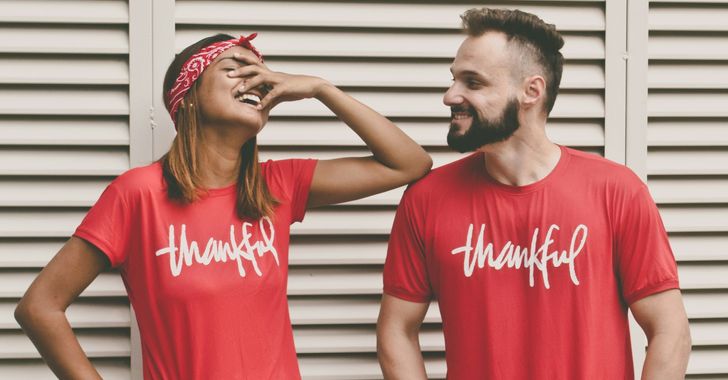 man and woman standing in front of louver door
Photo by
man and woman standing in front of louver door
Photo by 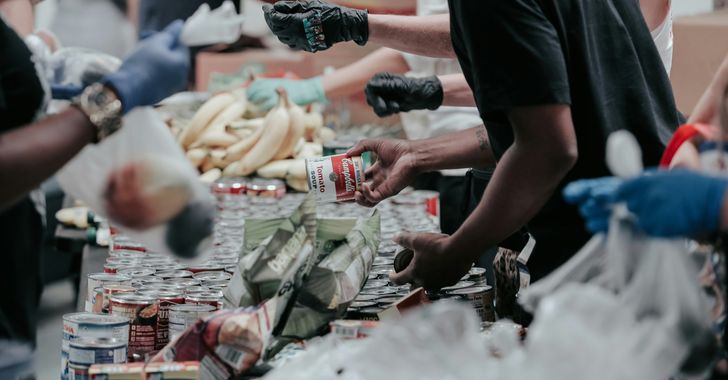 man in black t-shirt holding coca cola bottle
Photo by
man in black t-shirt holding coca cola bottle
Photo by 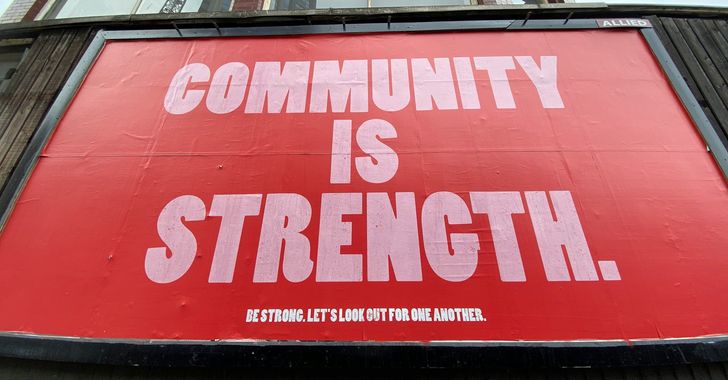 red and white coca cola signage
Photo by
red and white coca cola signage
Photo by 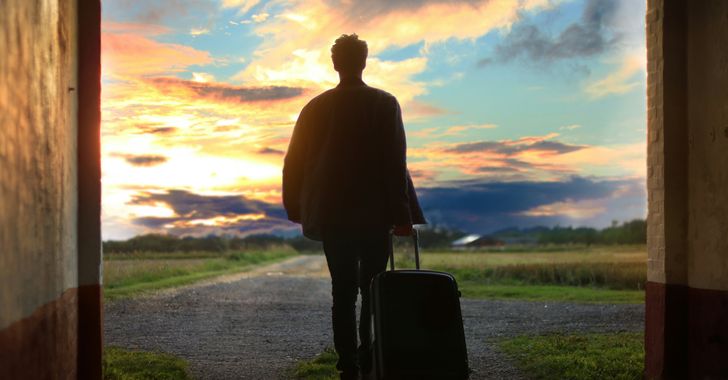 man holding luggage photo
Photo by
man holding luggage photo
Photo by  topless boy in blue denim jeans riding red bicycle during daytime
Photo by
topless boy in blue denim jeans riding red bicycle during daytime
Photo by 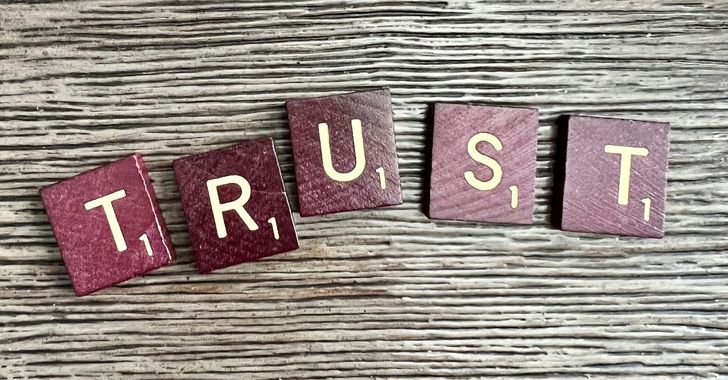 trust spelled with wooden letter blocks on a table
Photo by
trust spelled with wooden letter blocks on a table
Photo by 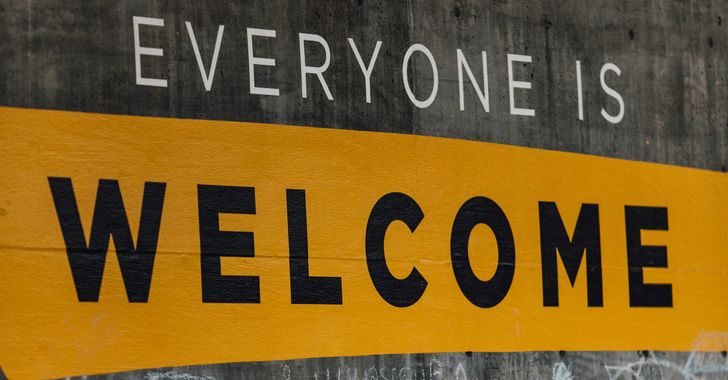 Everyone is Welcome signage
Photo by
Everyone is Welcome signage
Photo by 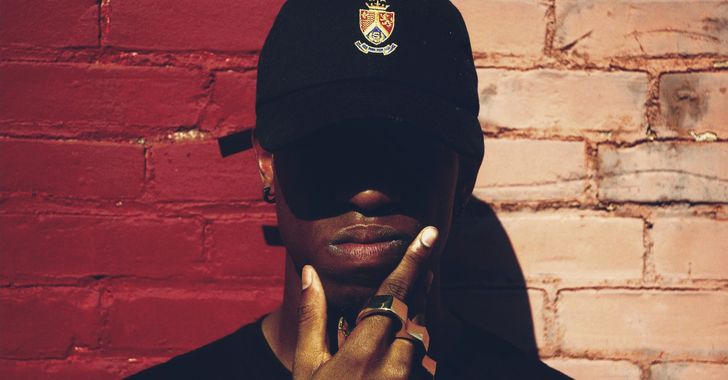 man with cap and background with red and pink wall l
Photo by
man with cap and background with red and pink wall l
Photo by 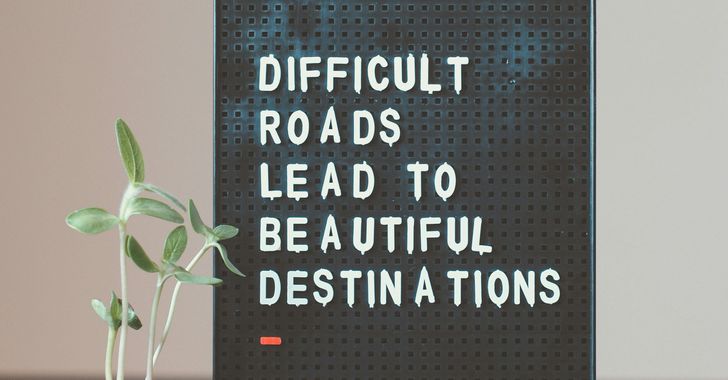 difficult roads lead to beautiful destinations desk decor
Photo by
difficult roads lead to beautiful destinations desk decor
Photo by 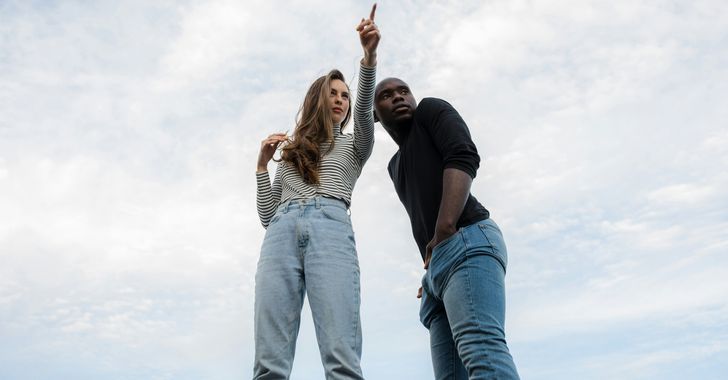 photography of woman pointing her finger near an man
Photo by
photography of woman pointing her finger near an man
Photo by  closeup photography of woman smiling
Photo by
closeup photography of woman smiling
Photo by 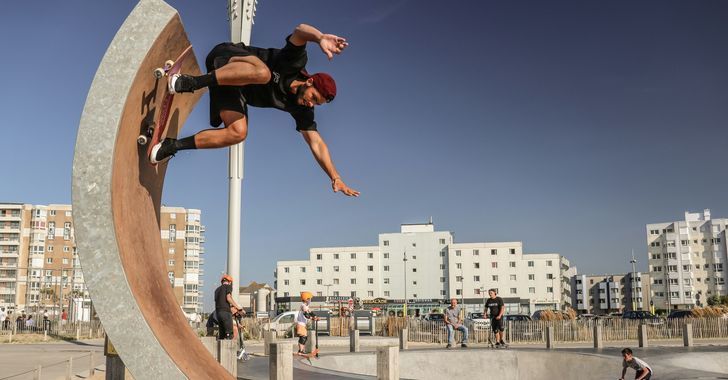 a man doing a trick on a skateboard
Photo by
a man doing a trick on a skateboard
Photo by  two men
two men  running man on bridge
Photo by
running man on bridge
Photo by 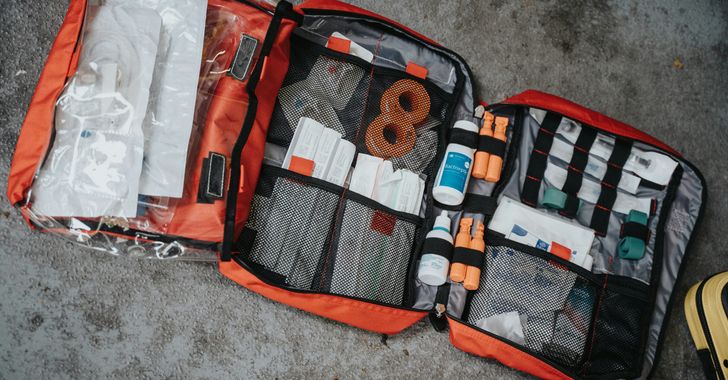 orange white and black bag
Photo by
orange white and black bag
Photo by  girl sitting on gray rocks
Photo by
girl sitting on gray rocks
Photo by 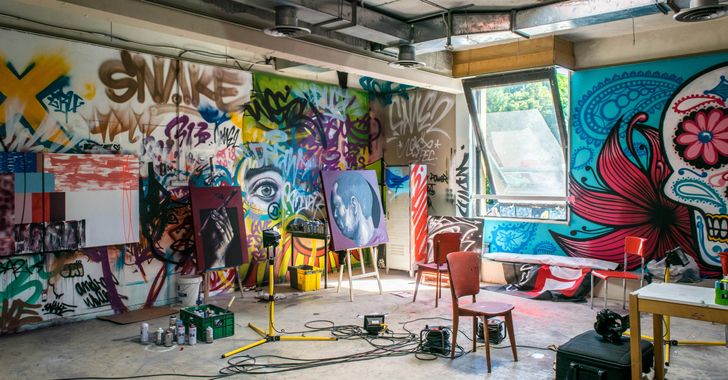 assorted-color painted wall with painting materials
Photo by
assorted-color painted wall with painting materials
Photo by 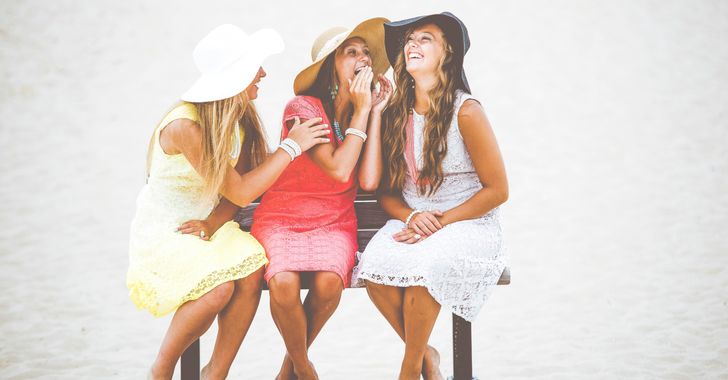 three women sitting on brown wooden bench
Photo by
three women sitting on brown wooden bench
Photo by 
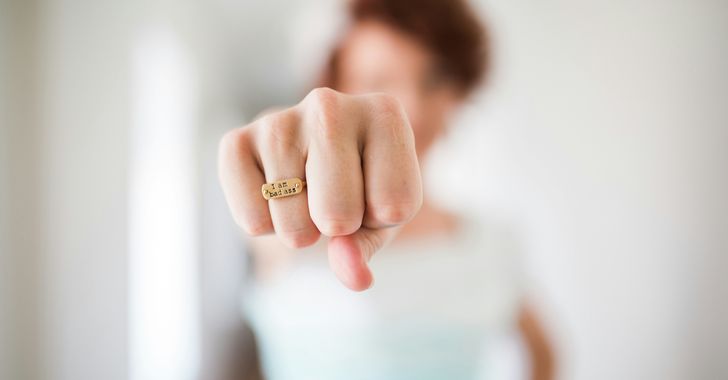 Photo by
Photo by 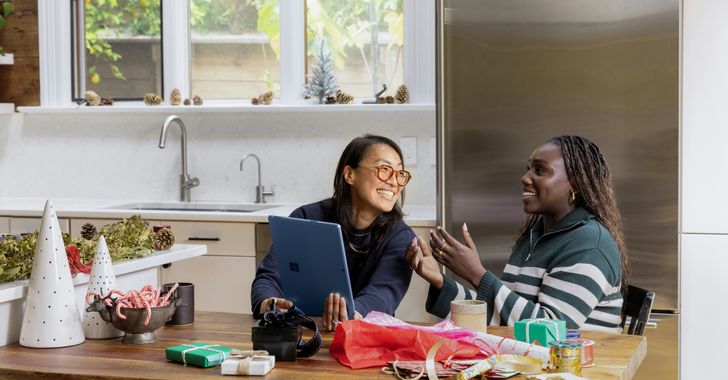 Photo by
Photo by 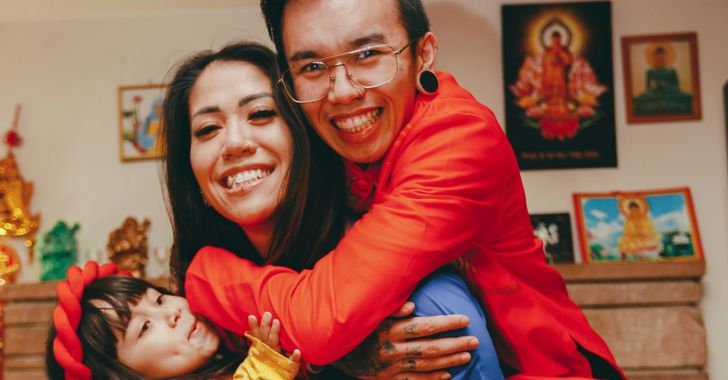 Photo by
Photo by 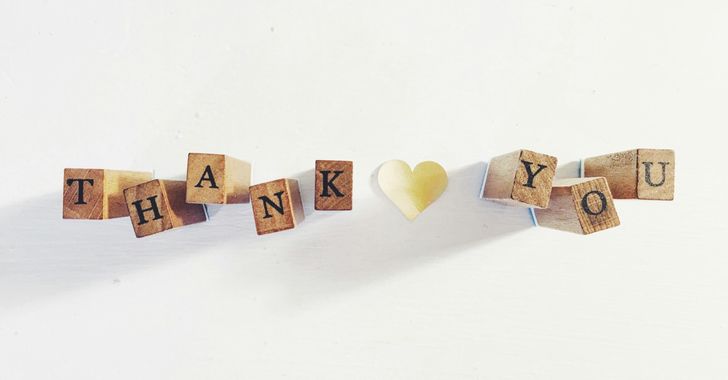 Photo by
Photo by 
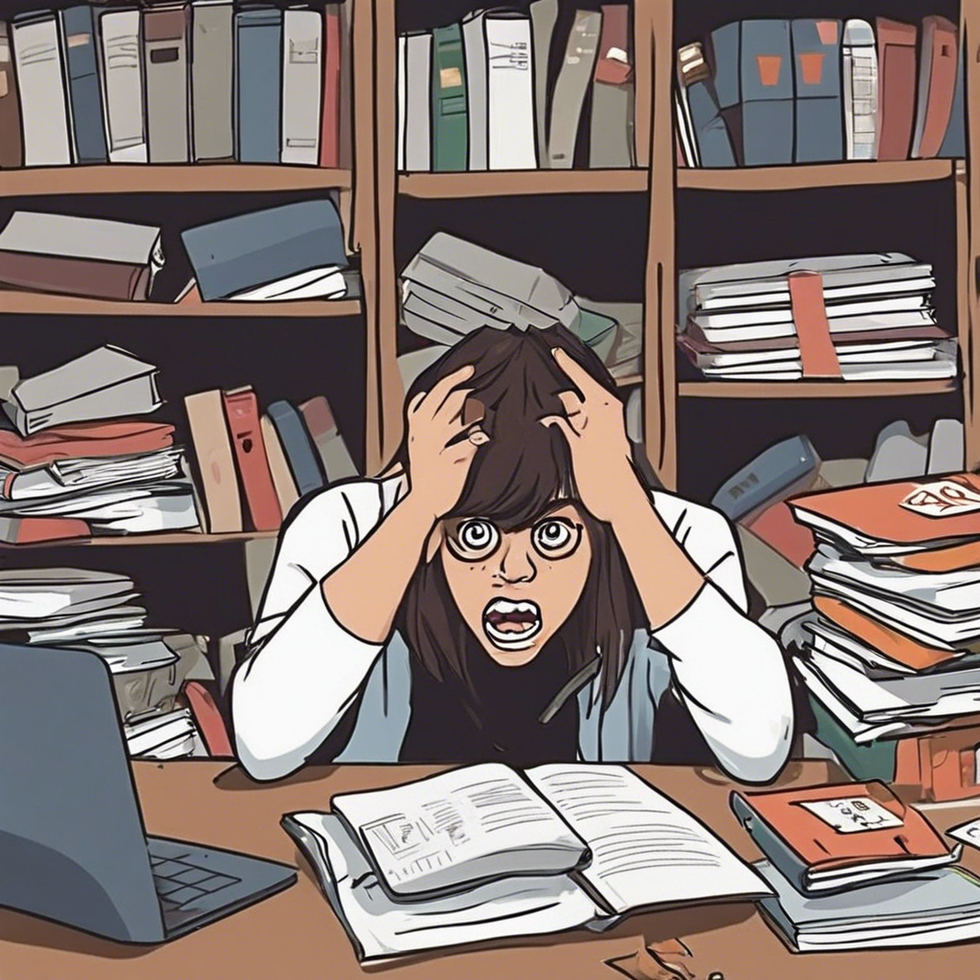
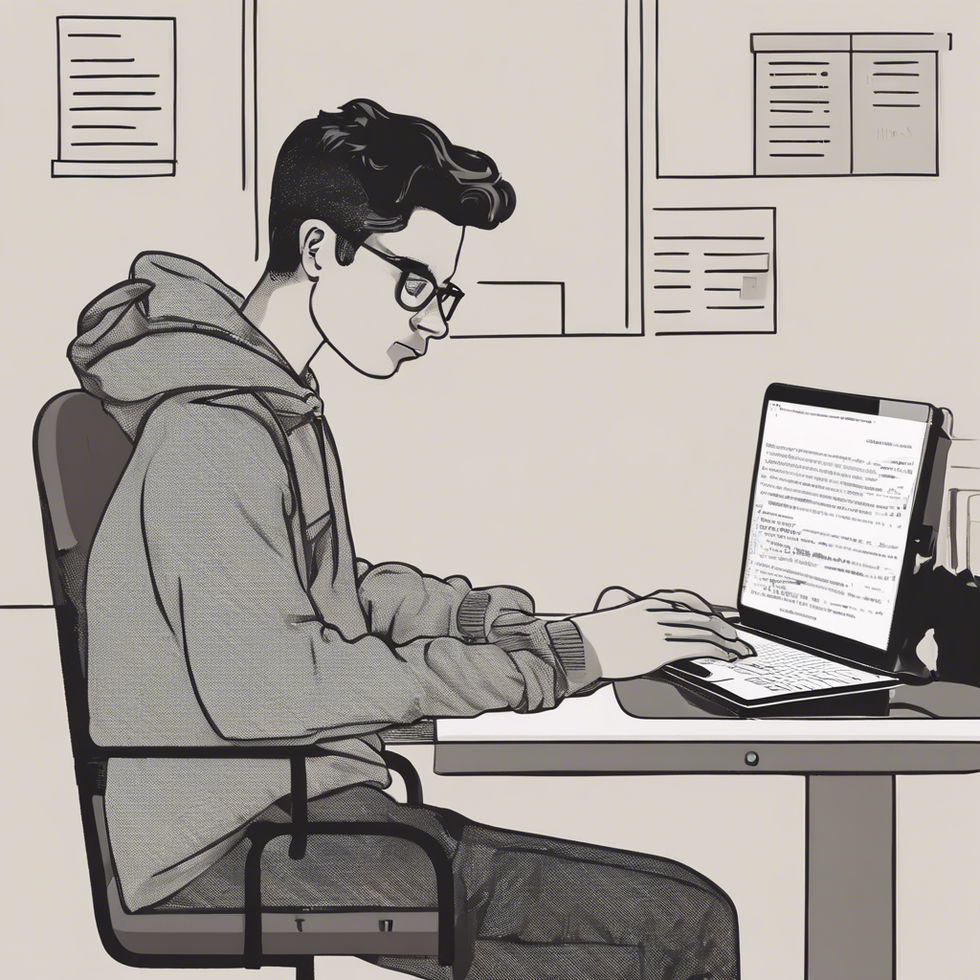
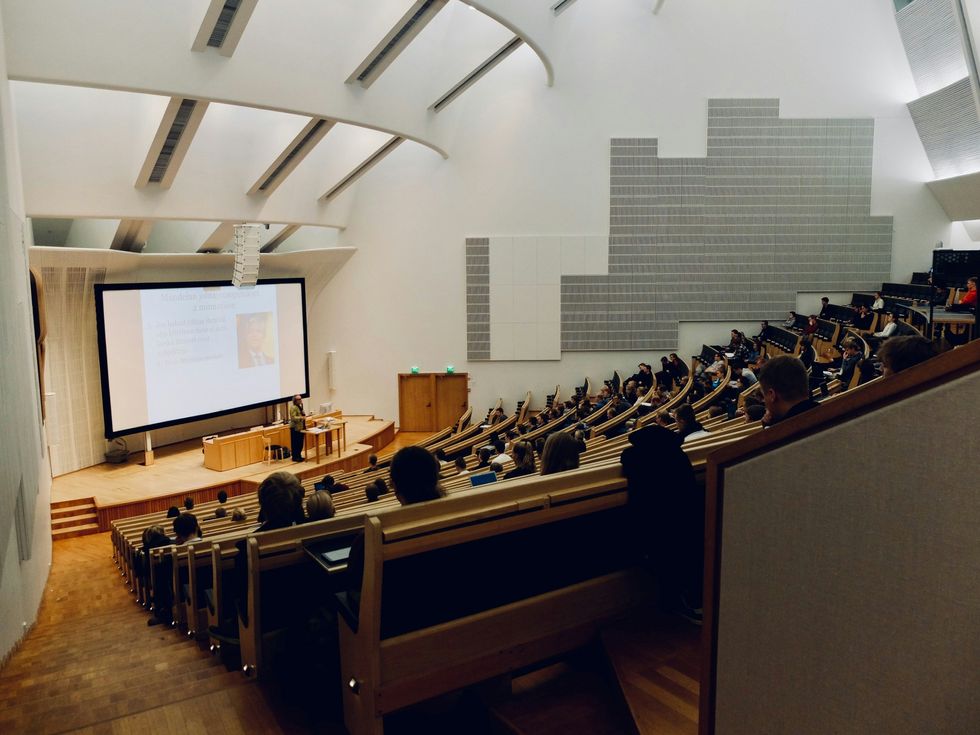 people sitting on chair in front of computer
people sitting on chair in front of computer